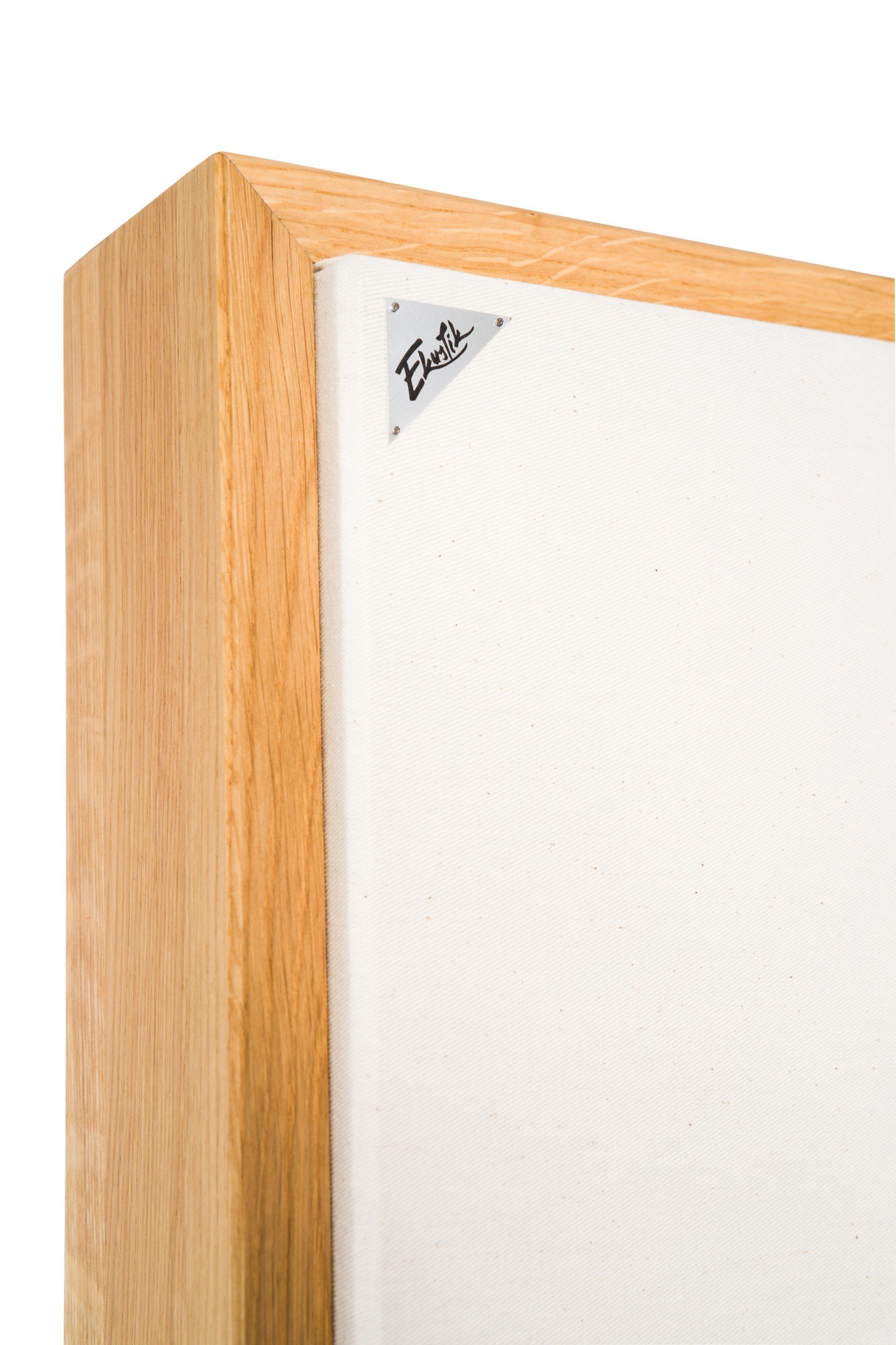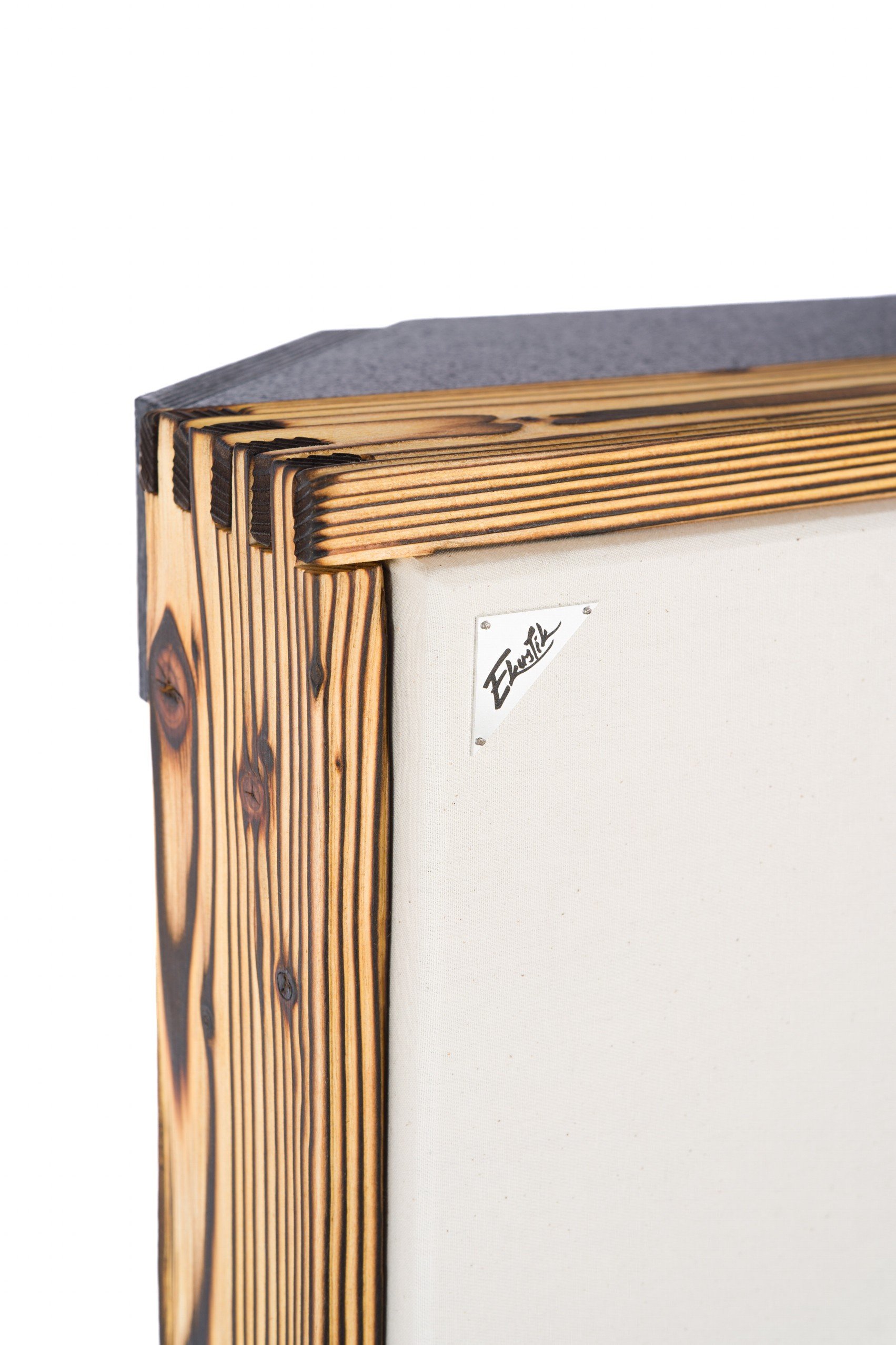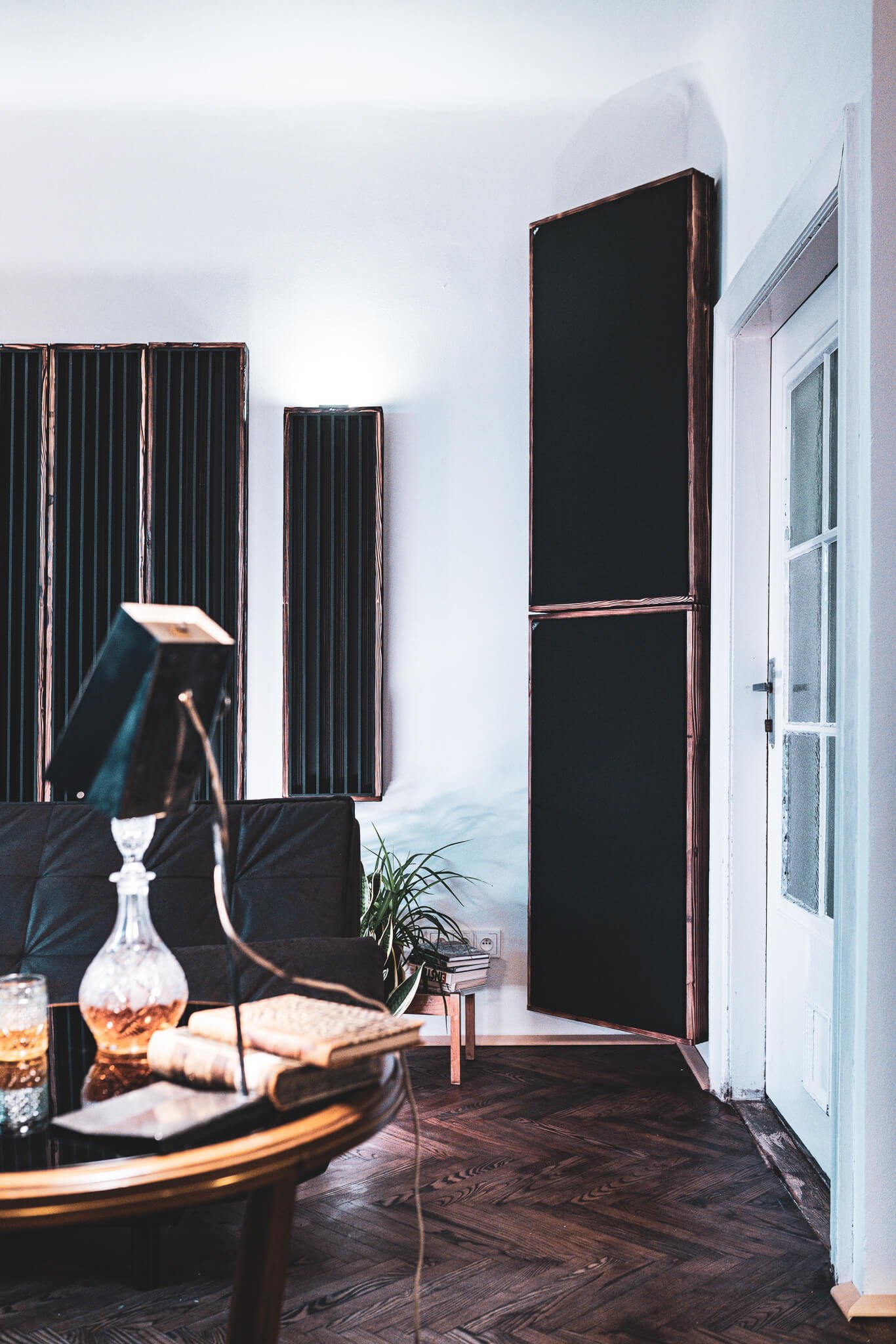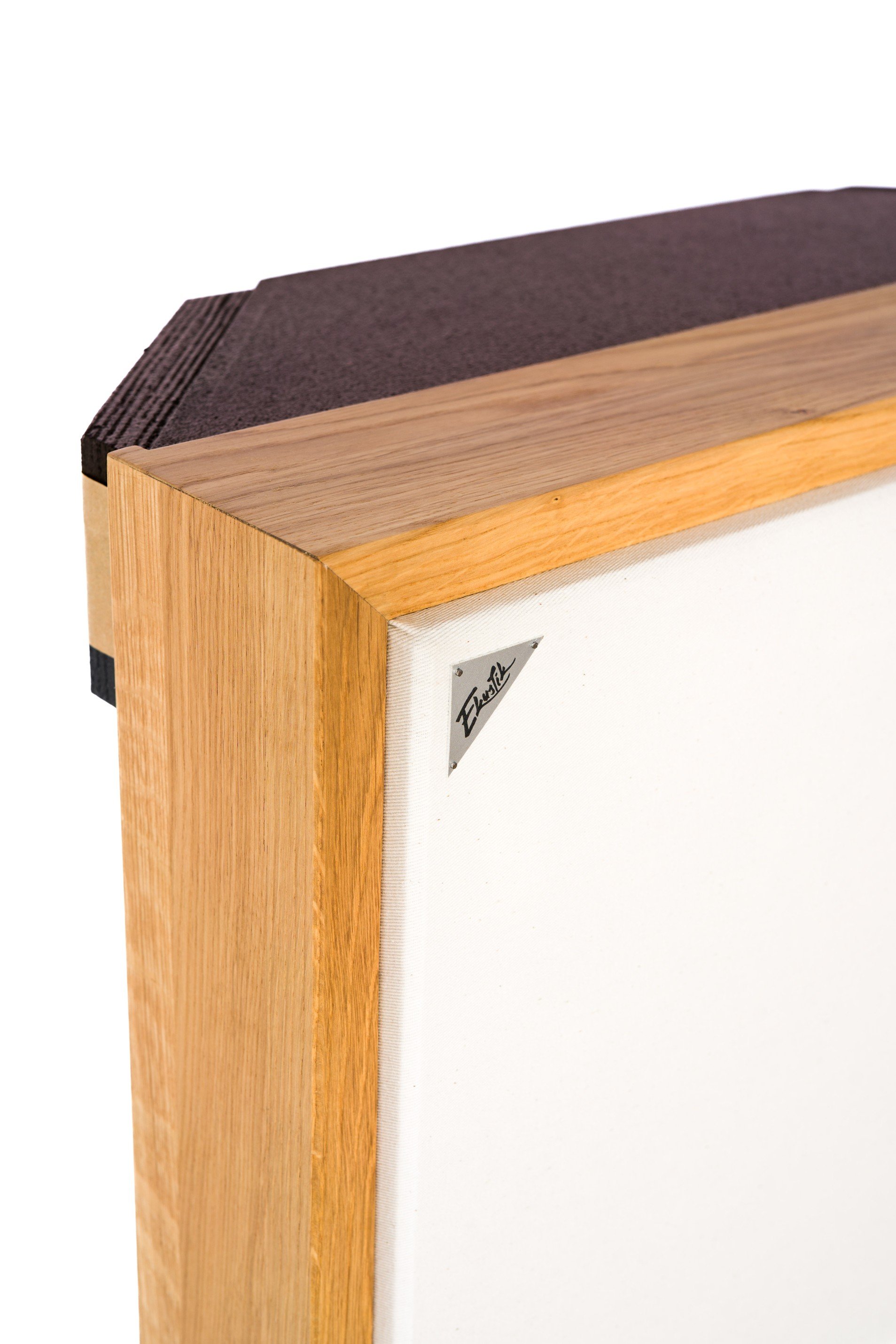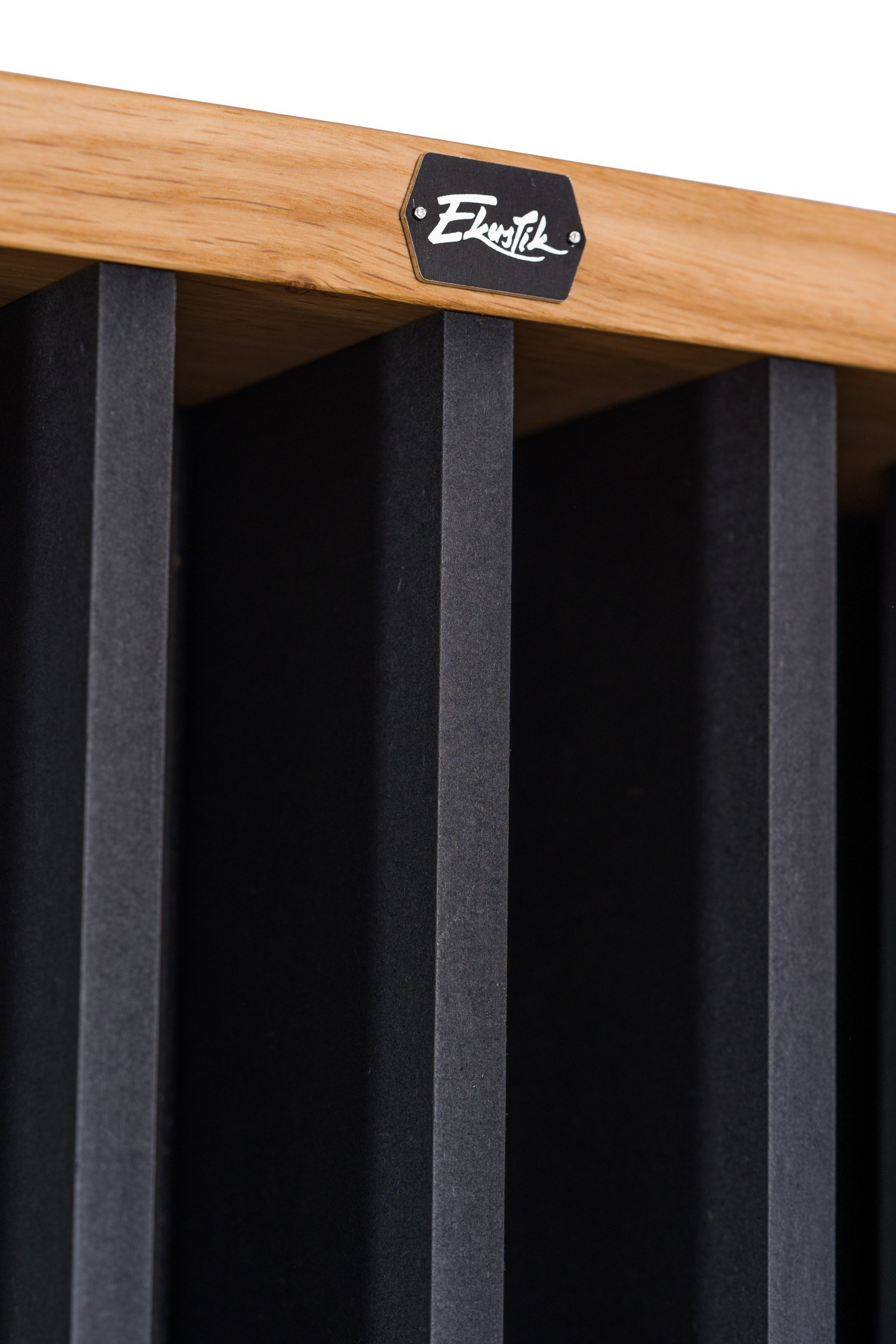How to treat a home listening room
Do you have high-quality speakers to play your favorite tunes at home? Or are you planning to? Then come in and learn the basics of acoustic treatment for home listening rooms. You will get to know how you should acoustically treat your toom so you can get the best out of the speakers you use.
Don’t forget that it wouldn’t make any sense to put high-quality speakers into an untreated room so we prepared a quick guide for you to learn how the listening room should look like in ideal conditions. If you have a room that is not rectangular or if you have trouble applying the following advice to your room, don’t hesitate to simply ask us for help.
Room size
First important thing: your room size very much matters. Especially when it comes to low frequencies. If you have a smaller room than let’s say 40 cubic meters, you will have a very hard time getting the low-end right. Also, try to avoid using a square room, the modal resonancies there are very problematic (affecting frequencies below 300 Hz). Rectangle rooms work the best and if you have the opportunity, go for the rectangle.
When it comes to the overall size of the room, we have to consider the reverberation time. Reverb time tells you how long does it take for the sound to decay and in the usual home listening room you want this time to be below 1 second, ideally around 0.5 seconds. If you have a huge room, you will need more absorption to shorten the reverb time, which means more money spent. The acoustics of a big room can be really superb, but it will cost you more to acoustically treat it than having room for example between 50-100 cubic meters.
Loudspeaker placement
The optimal placement of the speakers depends greatly on the room geometry, however, it’s no rocket physics. In a rectangular room, it’s easy, but if you don’t have that, you will have to experiment a little bit.
Stereo speakers should be placed in front of the sweet spot (listening position) so there is an angle of 60° between them (or 30° between speaker and centerline of the room). Tweeters of the speakers (the upper part) should be placed at the same height as your ears when seated and don’t forget to aim the speakers at your sweet spot.
If you place the speaker close to the corner, you will see that the low-frequency response goes a little bit crazy and can add 9 dB more to your frequency response. This is where the modal resonancies are the strongest. Don’t place the speakers too close to corners if you don’t want to amplify the low frequencies.
Ideal placement of the speakers.
Plan acoustic treatment
A single listening room in three various designs is presented. By progressively adding more acoustic treatment you can optimize the performance of the room to the maximum. All the absorption panels used are 50 mm thick which is usually enough for the home listening conditions.
If you have carpet, place it between the speakers and your listening position. This will help greatly with the early reflections from the floor.
Basic treatment
Acoustic treatment on a budget. This starting point uses minimal absorption on the sidewalls and on the ceiling to treat the early reflections. Low-frequency absorption is placed in the rear corners to help out with the bass and some diffusion is placed on the rear wall so at least a small diffuse sound field is created.
Place absorptive panels on the first reflection points (sidewalls and ceiling).
Bass absorbers go into corners. It doesn’t matter which corners, this depends on your liking. The effect is almost the same in every corner.
Diffusion panels are placed on the rear wall.
Pro tip: an air gap behind the absorptive panel helps. Sound can get absorbed even from the back of the panel so if you introduce the air gap behind some of the panels, you will increase their efficiency. Just a few centimeters help.
Pro treatment
Gradually upgrade to get better results. More absorption and diffusion panels are placed so the listening position is not affected by too many reflections and the rear diffusion wall makes the music sound very lively.
More absorption is placed on the sidewalls and ceiling to make the sweet spot wider.
Two extra bass absorbers are placed in the corners. Again, you can place them even in the front corner, this depends on your liking.
The rear wall gets almost fully covered by diffusion.
Full treatment
Get here, and you won’t listen to music anywhere else. Early reflections are completely eliminated and your sweetspot is the place to be at. Diffusion and absorption panels are added to the front wall so there is no wall without treatment and reverberation time is around 0.5 second. Perfect!
Absorption and diffusion are added to the front wall.
If you want to shorten the reverberation time, use more absorption. If you want to improve liveliness in the room, use more diffusion.











